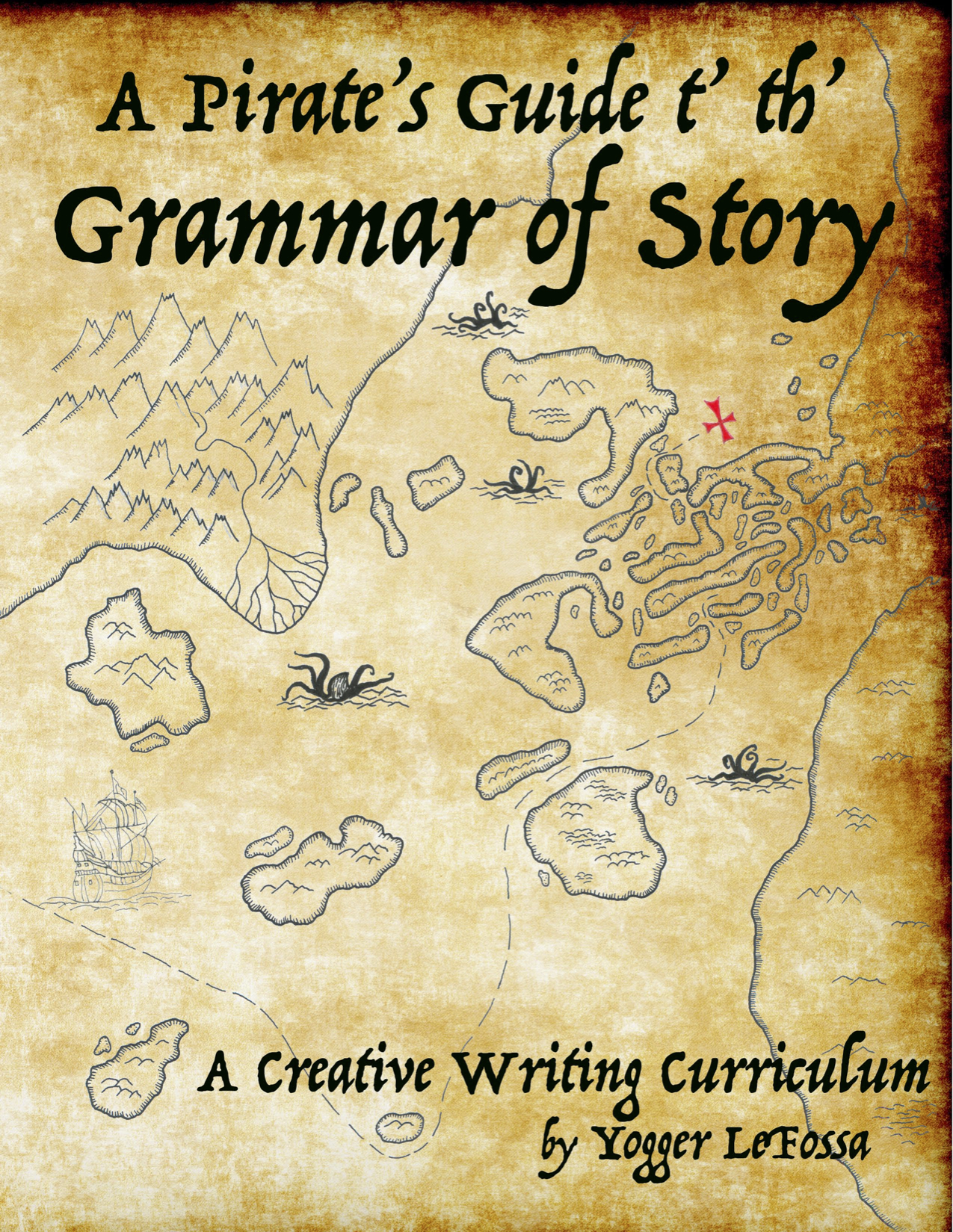Exercise 11 & 12 :: Characterizations :: Show, don't tell
Characterizations describe things. These descriptions give details that define who or what a character is.
Your student has already learned how to describe things, in detail, in the being specific, setting, and significance exercises (among others). They should be getting stronger at being descriptive when they are telling about something. We are simply taking those skills and muscles and applying them to the characters in the story. As always, the exercises are designed to slowly build towards the student having lots of different aspects of a character with which to identify them - physical traits, details, activities they like, their personality, skills and experiences they’ve had, relationships, clothing style, even voice.
One way that you can help your child in this section is to make sure they understand the concept of “show, don’t tell.” On page 131, we tell them that a character “loves school.” Then we list 7 characterizations that show by description that they love school. This is such an important concept that we give them lots of opportunities to practice as the exercise finishes. Take a moment to glance over their shoulders and make sure they understand. (Remember, these don’t have to be realistic characterizations - if your student wants to be silly or bizarre, that’s okay - but they should be specific descriptions that demonstrate the given characteristic. For example, if one of the characterizations that we “tell” is dances - showing it might include “hops up on a bus and does the Macarena” - that’s nuts, but it does, in fact show the thing we want to show. Even if we don’t recommend actually trying this at home.)
In Real Life :: This one is fun to do around the dinner table or when you are driving in the car. We all, when we are talking, do a lot of “telling.” So try to catch each other “telling” and then rework it to “show” what you want to say. For example, say your son says, “sister was in a bad mood today.” Oh - caught you - show me! “Sister slammed the door today every time I yelled down to the kitchen today. She also took my socks and threw them at me because she said they stunk up the hallway.” Doing this, even just a few times, really helps them solidify what they are learning. It also can help teach us to read the clues that people/situations are giving us. Try to find subtle examples of this. One way is to look for the “shows” and then do a “tell,” like this: you are at a fast food restaurant, and it is crazy busy. The manager is clearly at the front counter, asking how the order is going of a customer, patting the back of the employee, and telling the guy making the burgers that they are doing a good job. That’s the show. The tell? “Boy, that manager really cares about his people.” While we don’t want to be reading into things all the time, the ability to see how actions are characterizations of a person helps us to get to know others (and maybe see something about ourselves too).
Finding it in the Story :: pg 121 :: there are numerous descriptions of each individual monkey - how they look, how they act, and how they interact. (You can easily see more in the section about Yogger in the opening chapters, and in the sections that describe Mini Mate, Monkey Mo Mo, and Norman Nopants, to name a few). Each of these very specific descriptions about the monkeys are a result of careful Character Design.
